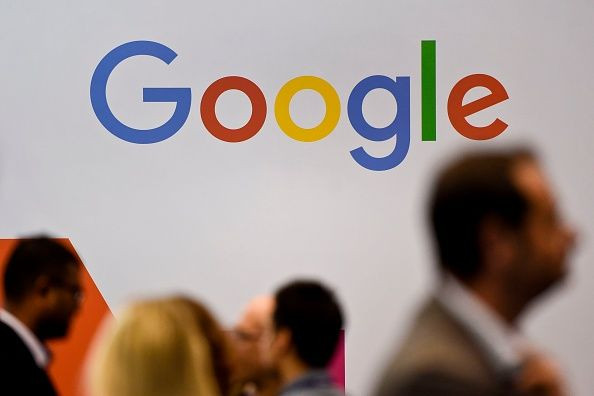First Consumers, Now Advertisers Leave Google For Amazon

"Follow the money" is a catchphrase used to help lead you to where true power lies. And investors who follow the money will quickly learn that Amazon.com (NASDAQ:AMZN), and not Google, is quickly becoming an advertising dollar powerhouse.
This article originally appeared in the Motley Fool.
A recent CNBC report indicated that some advertisers are abandoning the search giant in favor of Amazon, moving more than half of their ad budget to the e-commerce leader because that's where people turn first to search for products.
With Alphabet (NASDAQ:GOOG)(NASDAQ:GOOGL) deriving over 80% of its revenue from advertising, Amazon's growing dominance in search could be an impediment to future Google growth.
A flood of dollars
Consumers already prefer Amazon to Google when searching for a product. Approximately 55% of people begin their search on Amazon before checking other websites, and lately Amazon has been stuffing its pages with ads to leverage its digital real estate. Amazon is now the third-largest ad platform behind Google and Facebook (NASDAQ:FB), though eMarketer data suggests Amazon is still far behind with a 4% share of digital ad dollars. But that might not be the case for very long. Amazon's third-quarter "other" revenue, which is mostly advertising services, jumped 56% from last year, to $2.5 billion.
Although that includes revenue adjusted for a change in accounting standards that requires Amazon to classify certain accounting services as revenue rather than as a reduction in the cost of sales, it's still a dramatic increase and shows Amazon is not losing any momentum. That's about the same rate of growth in advertising it experienced last year.
Advertising also happens to be exceptionally lucrative, with analysts at Piper Jaffray estimating margins on ad revenue could run upward of 75%, far better than the 44% Facebook realizes or the 28% operating margin for Google. It's part of the reason Amazon posted its largest quarterly profit ever in the third quarter.
Opening a new field of growth
Because Amazon is largely the default destination for people wanting to buy something online, it makes sense that it is the leader in product search. And with some 90% of all product searches that start on Amazon ending in a purchase, it's logical that ad dollars are now migrating to the site.
According to CNBC, most of the change is originating with consumer packaged goods, while sectors like transportation and travel haven't followed, which is understandable as you're not typically searching Amazon to buy a car or book a flight or hotel.
But the packaged-goods market represents another huge opportunity, as it is expected to hit $760 billion in sales by 2020. Amazon already has dominant market-share positions in consumer visits and transactions across a broad swath of categories such as health (92%), electronics (89.9%), sports and fitness (89.6%), household essentials (88.8%), and home improvement (83.8%), so consumer packaged goods is a whole new area to conquer.
The key takeaway
The flow of ad dollars to Amazon holds risks as well. It's already been noted that Amazon pages are chockablock filled with advertising, and more ads on the site could degrade the experience. Amazon is best known as a place you're able to go online, search for what you want, and buy it. Cluttering it with ads could disable that flow.
The flip side is that more ad revenue allows Amazon to offer consumers more-targeted and relevant ads.
Google has the most to lose, and if the stream of advertising dollars leaving the site turns into a deluge, the fall could be dramatic.
John Mackey, CEO of Whole Foods Market, an Amazon subsidiary, is a member of The Motley Fool's board of directors. Suzanne Frey, an executive at Alphabet, is a member of The Motley Fool's board of directors. Rich Duprey has no position in any of the stocks mentioned. The Motley Fool owns shares of and recommends Alphabet (A shares), Alphabet (C shares), Amazon, and Facebook. The Motley Fool has the following options: short November 2018 $155 calls on Facebook and long November 2018 $135 puts on Facebook. The Motley Fool has a disclosure policy.





















